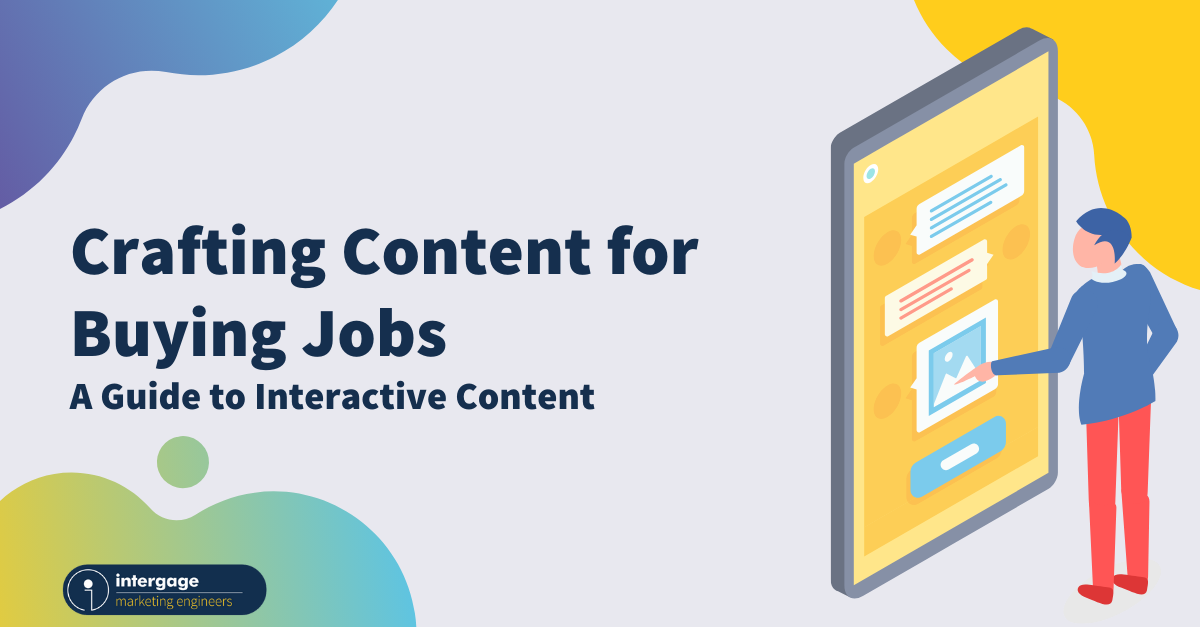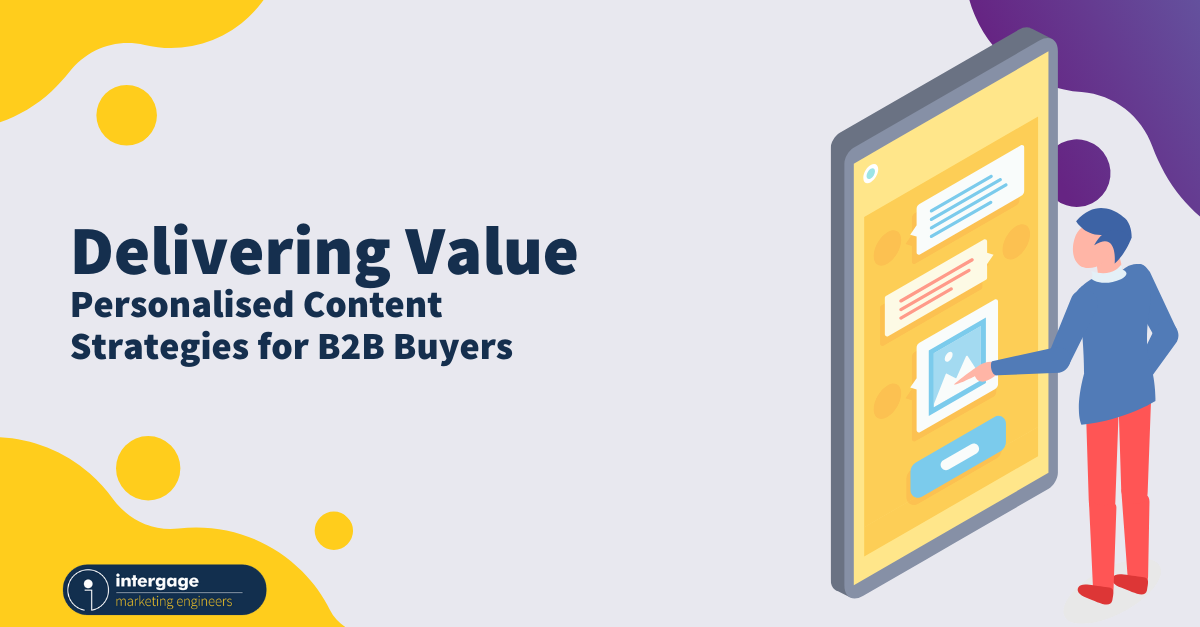B2B sales is notorious for being a world where intricate transactions and complex decision-making processes reign supreme. Among the Excel spreadsheets and Word process documents, content emerges as the unsung hero, diligently guiding buyers through their multifaceted buying journey.
Let’s delve into the profound, and sometimes understated, impact of content on the art of buyer enablement, considering how the implementation of valuable and relevant content can forge enduring relationships with buyers.
Content: The compass of the buyer's journey
Imagine the buyer’s journey as uncharted terrain, where few maps exist, and even fewer are right. In this landscape, content takes on the role of compass, helping buyers navigate through unfamiliar territories. As buyers begin on their journey towards solutions, informative content becomes the point to which all heads North, illuminating the path and providing clarity amidst the complexity.
At its core, the buyer's journey is a cyclical, but not linear, process. It begins with the initial awareness of a problem or a need, followed by the consideration of potential solutions, and ultimately culminates in the decision-making phase. Buying committees may skip, or return to, certain stages depending on their progress, but everyone’s hope is the same: it’ll culminate in a deal.
Together, let’s explore how content acts as a steadfast companion at each of these stages.
Engagement woven into every stage
Content is not just significant at the start of the journey, where it may get the buying committee on the right track. Instead, it evolves, adapting to the changing needs of buyers at each stage. In the initial awareness phase, engaging content acts as a beacon, drawing buyers into the fold. Well thought-out blog posts, informative whitepapers, and eye-catching social media updates cast a wide net, capturing the attention of potential customers, and igniting their interest.
But it cannot yet reel them in entirely.
Picture this: a tech professional is scrolling through LinkedIn, and stumbles upon an intriguing article about the latest trends in their industry. They’re curious. The informative content not only piques their interest but also positions the author, likely a representative of a tech company, as a knowledgeable source. The professional decides to explore further, and thus, the journey begins.
As buyers progress to the consideration stage, your content should begin to take on a more instructive role. Case studies, expert guides, and comparative content offer insights into how your solutions can alleviate their specific pain points. This transition from intrigue to informed consideration is a pivotal moment where content plays a substantial part in nurturing leads.
Consider it in the perspective of a manufacturing executive looking to revamp their company's supply chain operations. They've moved beyond their initial curiosity about potential solutions and are now seeking in-depth information to aid their decision-making process. This is where content-rich resources like comprehensive case studies detailing successful supply chain transformations prove invaluable: they can see an actionable way to solve their problem, evidenced by a customer.
Finally, in the decision phase, content becomes a powerful persuader. Product demos, testimonials, and reviews showcase your offerings in action, alleviating any lingering doubts and propelling buyers towards the final purchase decision. Here, content takes on a conclusive role, providing the last push needed to get the buying committee over the line and committed to your solution.
Value: The currency of engagement
While content undoubtedly serves as the vehicle for engagement, it's the inherent value within that content that truly captivates the buyer's attention. Buyers in the manufacturing and tech sectors are discerning individuals, seeking not just information but meaningful insights that resonate with their unique challenges.
The secret lies in education and solution-oriented content. By positioning your content as a trusted advisor, you impart knowledge, demonstrating a deep understanding of the buyer's industry and likely pain points. Taking this educational approach fosters a sense of reciprocity, where buyers are more inclined to reciprocate the value they've received by engaging further with your brand.
Let's revisit our manufacturing executive. They've come across a series of webinars hosted by a tech company that delve into the intricacies of supply chain optimization. They sign up. It turns out these webinars offer actionable insights, providing a roadmap for improving efficiency and reducing costs—just what the executive needed. As a result, they are not only impressed but also feel indebted to the company for sharing such valuable knowledge.
Content-driven enablement: Building bridges
Fundamentally, buyer enablement is the bridge that connects you to your audience. It's the art of providing buyers with the tools, resources, and knowledge they need to make informed decisions. Content is key to this, as it provides you a way into a journey otherwise self-led by the buyer.
By curating content that aligns with each stage of the buyer's journey, you not only facilitate their decision-making process but also position yourself as a trusted partner in their success. Taking such an approach is key in B2B sales, where relationships are nurtured through the exchange of value.
Content, then, is the heartbeat of buyer enablement in the manufacturing and tech sectors. It guides, engages, educates, and ultimately empowers buyers to navigate the multitude of solutions on their own. In sales and marketing, recognising the transformative power of content is crucial to not only meeting buyer expectations but exceeding them.
Happy customers are likely to make return customers.
Want to know more about buyer enablement? See our full guide here.



